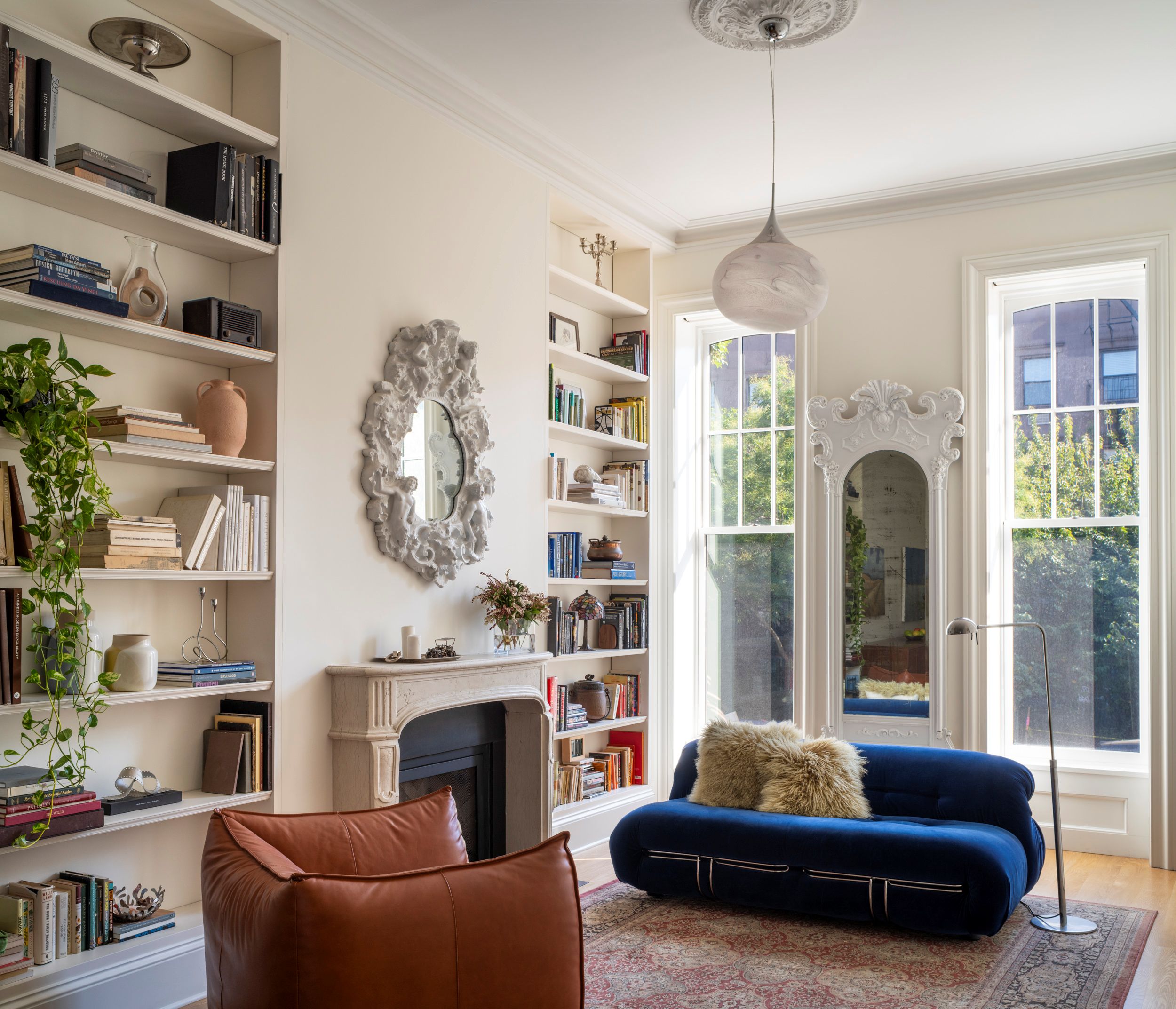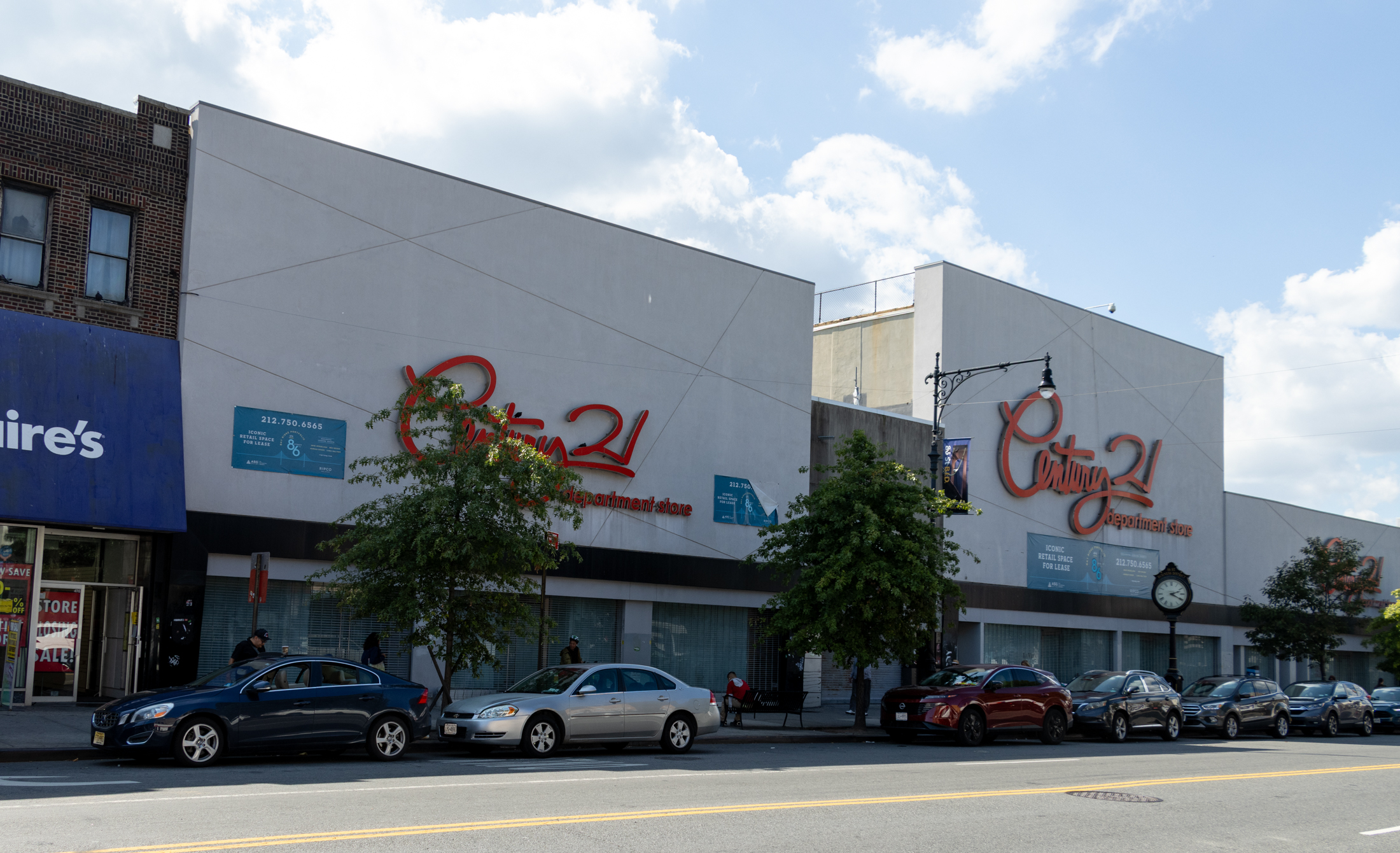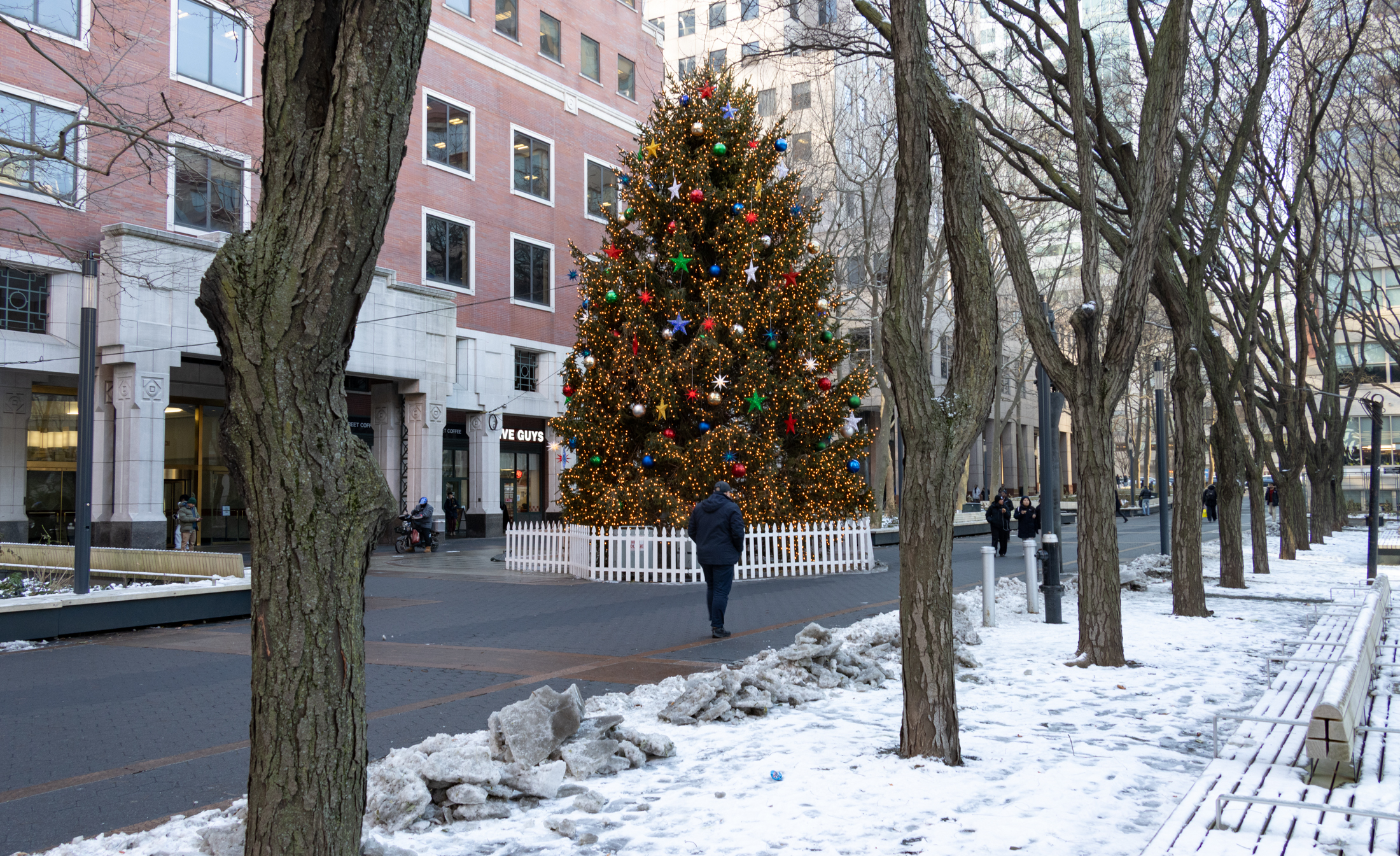Walkabout: Some Favorite Things: Part I
When I first moved to NYC, I lived in the Bronx, near relatives. Before moving to Brooklyn, I used to visit my friend, a Pratt student, who over the course of four years lived all over Clinton Hill and Fort Greene. Wandering around the neighborhood convinced me that Brooklyn was the place to be for…


When I first moved to NYC, I lived in the Bronx, near relatives.
Before moving to Brooklyn, I used to visit my friend, a Pratt student, who over the course of four years lived all over Clinton Hill and Fort Greene. Wandering around the neighborhood convinced me that Brooklyn was the place to be for someone who loved architecture.
After moving here, I started really noticing the small details, when I would go on long, wandering walks for exercise, got involved in the preservation of Crown Heights and Bed Stuy, and started taking lots of photographs, and lots of research.

I’ve wandered around a good deal of Brownstone Brooklyn in the past year, now hyper aware of every bit of architectural detail, the composition of blocks, the progression of style and history, use and adaptive re-use, and sometimes, the passing of an architectural treasure.
Some neighborhoods I know quite well, some not so well, and there are some I have barely explored. In the future, I hope to be able to add elements from neighborhoods like Windsor Terrace, Sunset Park, and Bushwick, for example, places I just haven’t gotten to. My favorites will be sure to increase with continued exploration.
In the meantime, here is the first in my Favorites series. These are just some of my favorite groups of houses. They were built to be viewed as a whole, as well as individual homes. Some, like the Montrose Morris houses, are framed under a common roof.

Others blend seamlessly across the row, forming an aesthetically pleasing progression down the street. Others are joined by the commonality of building materials, or ornament: a shared cornice, pressed metal ornamental bands, or other decorative elements that join them together.
More often than not, these houses were built in groups designed to fit into a set number of lots, often in the middle of other such groups. Most were not built specifically for a buyer, but were speculative housing, often for the upper middle classes.
The row houses of the early to mid 19th century were pretty much uniform, when built on spec, their attractiveness lying in their repeating uniformity. By the time of the Revivals, in the latter part of the century, much attention was paid to the individual-ness of design within groups.
Romanesque and Renaissance Revivals, as well as Queen Anne styles show great variety and inventiveness in their groupings.

Today, architectural historians group these houses by letters corresponding to their individual design: ABCBA, for example, where the two A houses are the same, the two B houses may have a different shaped bay, or façade, and the C house is different from the other two. Usually, the A houses act as anchors, and are often more ornate, or slightly larger, visually enclosing and embracing the entire group, and the C house is the focal point.
Depending on how many houses are in a group, the combinations can be many. I live in an ABCD group, where all houses are different, but share many common elements, including cornice design, doorways and trim.
The best architects working in Brooklyn, including Axel Hedman, George Chappell, the Parfitt Brothers, Amzi Hill and son Henry, Montrose Morris, Magnus Dahlander and William Reynolds, all were masters of row house design.

Axel Hedman was perhaps the most prolific in his groups of houses, found across much of Brownstone Brooklyn. His career will be featured soon, but in the meantime, a sneak peak is available along with the other greats and some unknowns, featured in my Flickr set.
Please feel free to add to the list of other great groups of houses in your neighborhood or Brooklyn travels, and please continue to write in your personal favorite Brooklyn buildings for Thursday’s columns.

[Photos by Suzanne Spellen]





Joe;
It’s not a matter of technology or a “can-do” spirit. It’s a simple matter of economics – there’s only so much land. I’m sure that at one time much of lower Manahattan was lined with row houses. Would you rather we go back to that point?? Where then, would all the people currently living there go?
The answer: they can’t.
Joe, the homes that you admire in Marine Park (which I know well) were built when that was cheap, open land and labor was much less expensive in NYC.
You’re asking for the impossible if you think we can go back to that time. It would be akin to asking why cabbage still can’t be a good cash crop in Brooklyn, as it was in the 19th century.
Posted by: benson at December 1, 2009 1:31 PM
Well hopefully technology and an increased interest in these styles of home might help to change the answer to that question.
For the time being most people “in the industry” would agree with you, I’m a “contrarian” at heart and would like to see the people of this country begin once again take a “can do” approach to things. I think “doing the impossible” breeds innovation beginning with the very creation of this country! Anyone witnessing the Battle of Brooklyn would have certainly bet on the Brits.
All of the latter-day row houses that Montrose cites above were built with heavy subsidies from the government, on government-cleared and provided land.
How are private developers supposed to build row houses (which require a large clearance of low-cost land to work) when there is little vacant private land left in NYC, and if it is available, is too expensive to justify such a low density?
The answer: they can’t.
Joe, the homes that you admire in Marine Park (which I know well) were built when that was cheap, open land and labor was much less expensive in NYC.
You’re asking for the impossible if you think we can go back to that time. It would be akin to asking why cabbage still can’t be a good cash crop in Brooklyn, as it was in the 19th century.
I love Willow St.- it’s like walking through a time portal to the old South. I also love the Warren St. Mews, and the odd little group of “dollhouses” on the block between Herkimer and Atlantic just behind the school on NY Ave..
MM – one of my favorite blocks in bed-stuy is Chauncey between Lewis & stuyvesant. according your post the houses would be something like this ccccabababacccc ( the c being 2 story houses) these first c’s are framed houses. the a-3 story brownstone, b- 3 story limestone, c-2 story limestones. something like that. check it out. very pretty block.
I was curious about condo developments Benson.
Montrose,
Thanks Montrose. I’ll try to Google some of those row houses you mentioned.
My parents had a brick porch w/ real limestone trim built on top the an existing garage that’s around the side (corner “A” house) in the mid 80’s. It Goes well with the rest of the side of the house and still looks as nice today as the day it was completed.
Joe, I think it is possible to design modern row houses that are contextural and aesthetically pleasing. For some reason, they don’t do it in Brooklyn too often. I think the Ratner built houses on Fulton, near South Oxford, and surrounding area are pretty good, at least from the outside. There are some decent ones in Crown Heights North, one group on Pacific, near Albany that are nice too. The best ones I’ve seen locally are in Harlem, at several locations. Brownstoner had a new brick house on Lefferts Place recently, too, a couple of months ago.
They are all in brick, real brick, not those awful colored faux textured bricks, often with limestone looking cement trim. They reflect the brick and brownstone ancestors around them, but manage to be modernly old, if you know what I mean. It’s too bad the days of great stone carving and ornament are done, it would just cost too much today, but those elements add that extra touch to our streetscapes that modernity just can’t duplicate without great expense.
The good thing is that brick can be a very facile building material, and even on its own can be very decorative. The problem is that most developers can’t afford, or don’t want to pay for some of the great designs that brick, arranged diagonally, Flemish bond, English bond, clinker brick,and all the many variations, colors and designs around us, could provide. Too bad.
“I do notice most of these newer buildings are lacking in what were traditionally considered pleasing aesthetics such as architectural detail and being contextual to the surrounding neighborhood.”
Joe
Are you talking about condo developments or private homes?
Thanks Benson. While people generally prefer to live in houses the upkeep and yard work involved is definitely at conflict with today’s busy, overworked non-handy homeowners, not to mention the value of the land. I do notice most of these newer buildings are lacking in what were traditionally considered pleasing aesthetics such as architectural detail and being contextual to the surrounding neighborhood. If you know of any examples that might change my mind please let me know, I have an open mind.